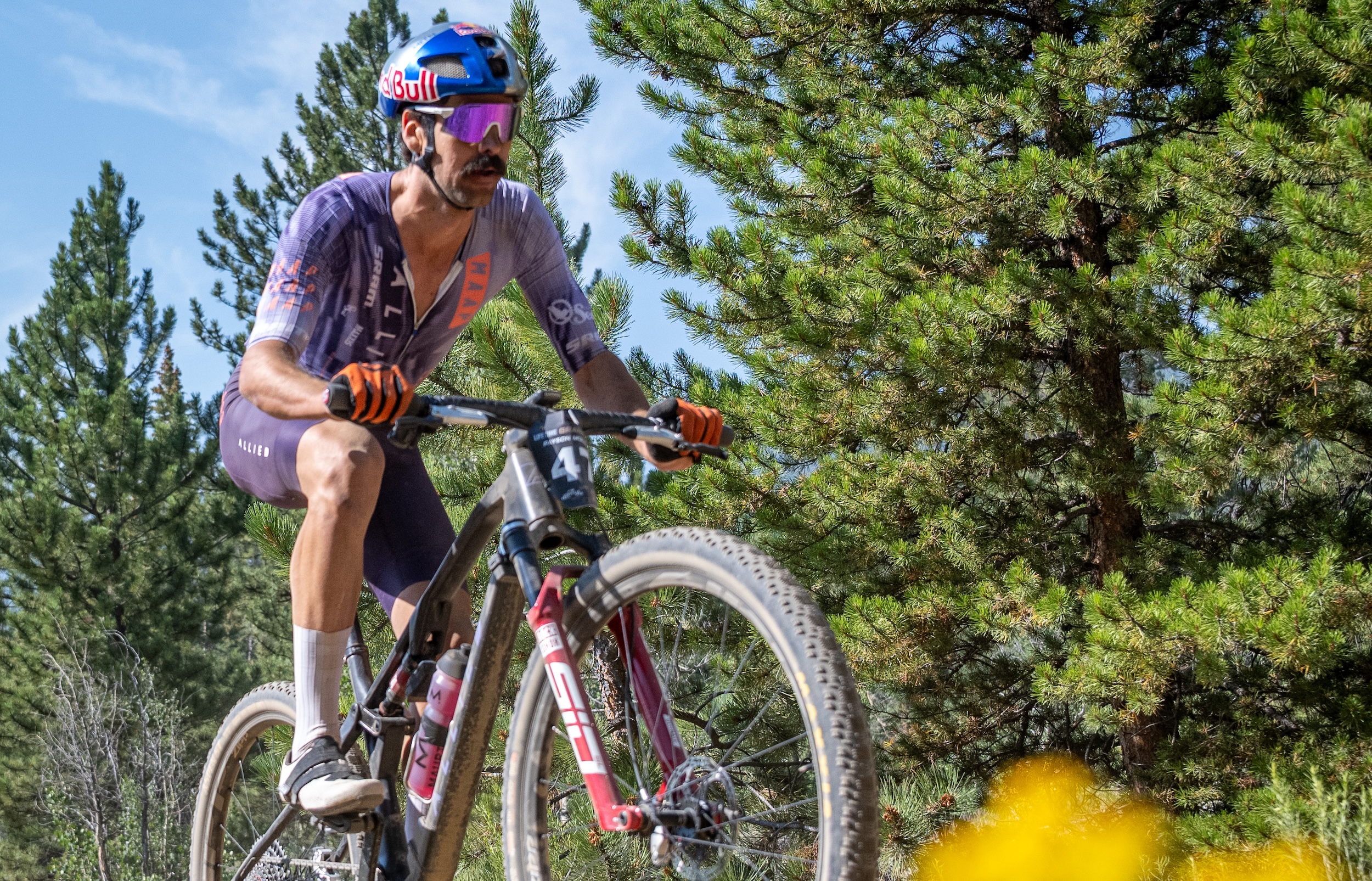Guarnier says Worlds course provides unique challenges for women's peloton
US champion comments on new Women's WorldTour, pros and cons of mandatory minimum salaries
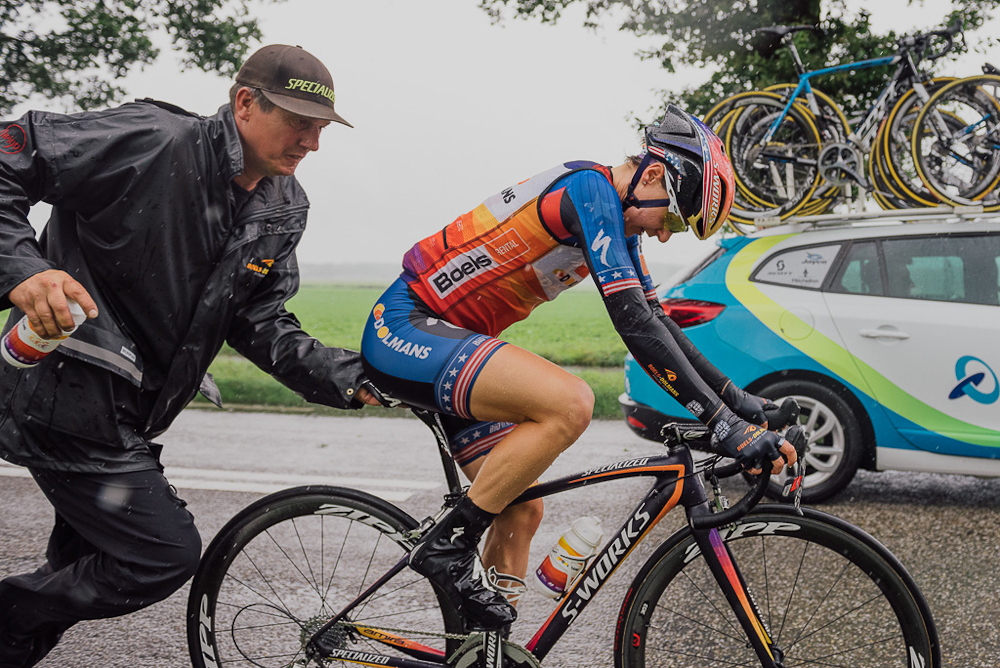
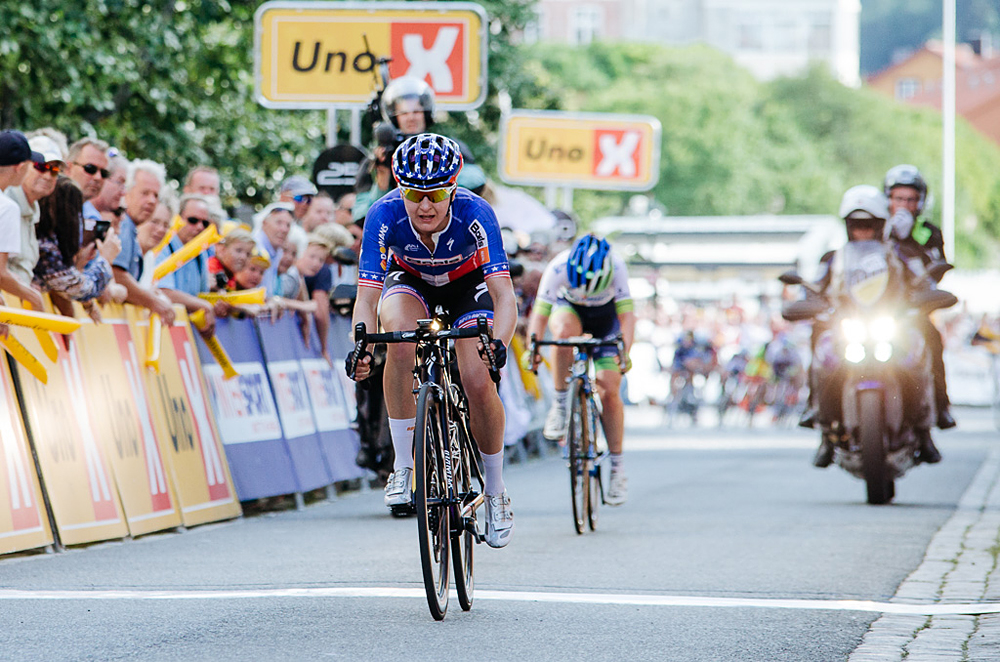
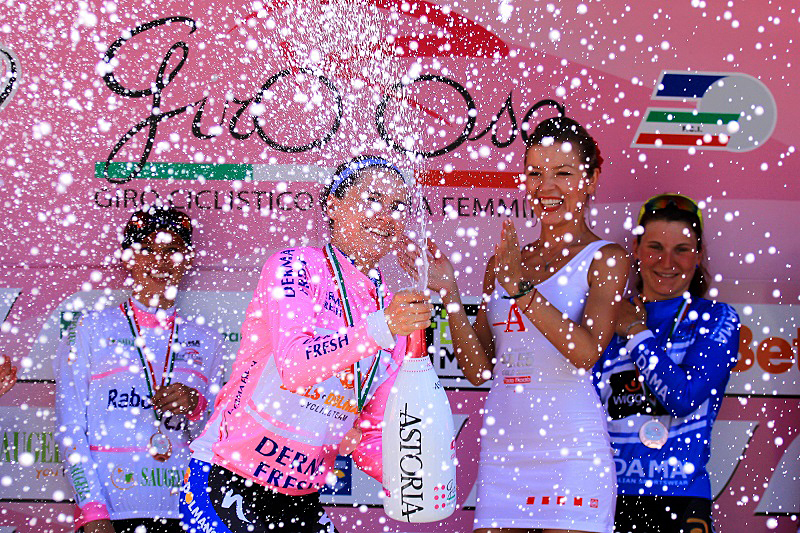
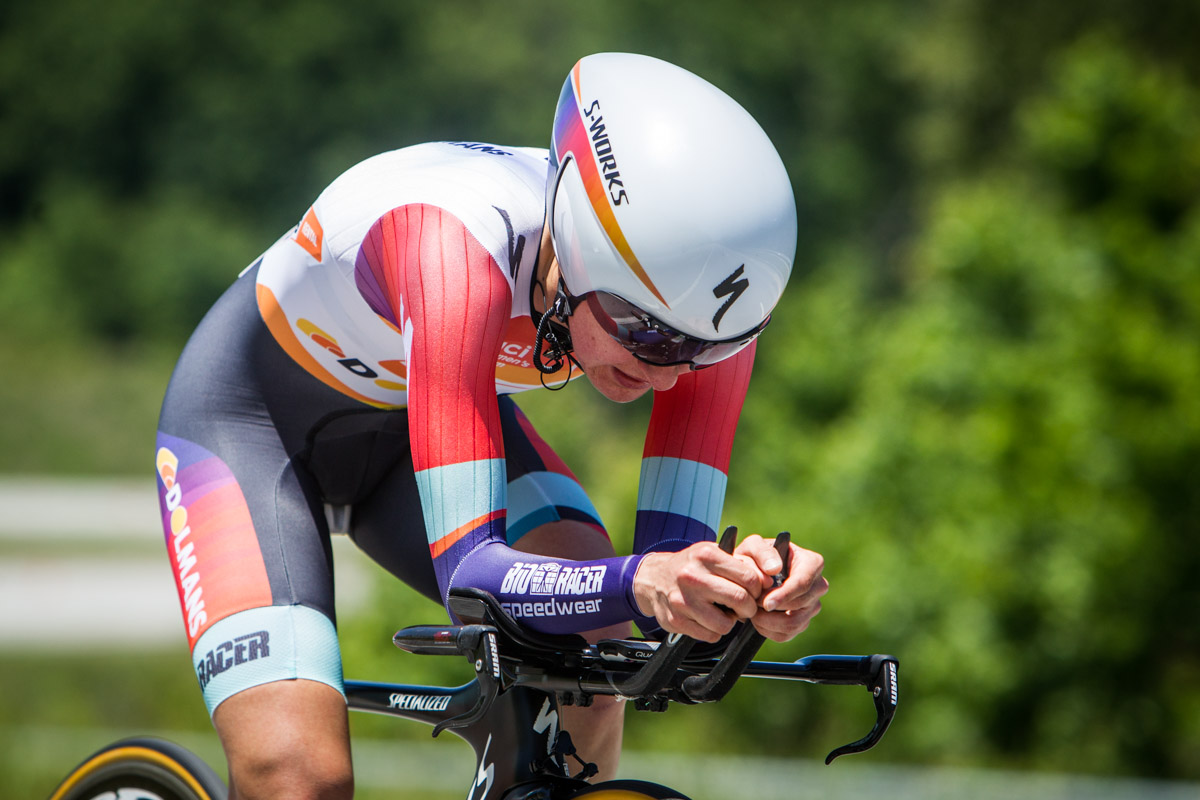

US champion Megan Guarnier said Thursday that the World Championships course in Richmond is different from anything the women's peloton faces throughout the season.
The 16km urban circuit features more than two dozen corners and ends with two short climbs that lead to a final uphill drag on the finishing straight.
"It's definitely a different course than I'm used to racing and a lot of us are used to racing," she said. "It's going to be a hard course, especially the back end of the course is extremely difficult with the climbs, the cobbles and the technicality of it."
The two cobbled climbs, which come in quick succession in the final four kilometres, lend a Classics-like feel to the route, although Guarnier said there's nothing quite like it in Europe.
"I guess we're used to in previous World Championships being maybe a little bit longer of a climb in the circuit or less corners," she said. "But this really has it all."
Guarnier, who rides for the Boels Dolmans trade team, is one of several riders on the US squad that could be in for the win. The team has a wealth of talent, but persistent questions about exactly who the team will race for remain unanswered.
Guarnier said all the riders on the team were at the race to take their own chances. But could the US squad's effort to get a medal be hampered by a case of too many chiefs?
The latest race content, interviews, features, reviews and expert buying guides, direct to your inbox!
"I hope that's not a problem," Guarnier said. "If you look at Boels Dolmans, we have a lot of chiefs on the team, too, and we make it work.
The US team is certainly well-rounded. Shelley Olds, who recently won the women's race during the final day of the Vuelta a Espana, will be on hand in case of a sprint finish. Youngster Coryn Rivera also has a fast finishing kick, although Guarnier earned her national championship jersey in May by outkicking Rivera in a two-up sprint.
Evelyn Stevens, Lauren Stephens and Tayler Wiles are all riders who can infiltrate breaks or go for long solo fliers, so there will be no shortage of options for the US team.
"We'll discuss it amongst ourselves and we'll have a game plan and then a plan B," Guarnier said. "As professionals all year, we're used to making decisions on our toes. We know each other as racers, and we can make our decisions right then and there and make it as a unit as well."
The US team endured a small controversy earlier in the week when an arbiter's decision forced USA Cycling to remove Allie Dragoo from the roster and replace her with Lauren Komanksi. Guarnier said she didn't see the 11th-hour change as a problem, however.
"It was a shake-up, but I think we're all professionals here," she said. "We were all selected to be here for one goal. We all have our job ahead of us. It's a big task at hand, and I think we're all just focused on that main goal of bringing home the medal."
Forecasts for rain on Saturday also didn't seem to faze Guarnier. In fact, she seemed to relish the idea of racing on wet roads.
"We've done it all year," she said. "I just got done with Tour of Holland, and that was rain everyday. I'm comfortable in it.
"It will be more of a challenge with forecast for rain, but I think it benefits us. We're used to racing in the rain. It's nothing different. It's another challenge, and with this team we're used to facing those."
Women's WorldTour
With the UCI this week releasing the 2016 schedule for the new women's WorldTour, Guarnier also expressed her excitement about the new season-long series, saying she believes it will put women on a more equal footing with the men.
The new series of 17 stages races and one-day events will feature 20 teams, increased media coverage and mandatory prize-list minimums.
Guarnier praised the development as a step in the right direction for women's cycling, especially the requirements for more media coverage, which she said is one of the keys to developing interest in women's cycling and helping the sport grow.
"There are so many people glued to Twitter every day trying to get race updates, like who's making the front groups, who's being active," she said. "Now if we can watch that in real time like we can with the men, it will be wonderful, and it will get more women involved in the sport, whether recreationally or professionally or kids on bikes. That's what we need. I think it's a really good step."
On the subject of mandating a minimum wage for women's WorldTour teams, Guarnier saw positives and negatives. One of the positives would be creating more opportunities for women to pursue full-time careers in racing rather than needing a job on the side to pay the bills, she said.
"I saw for myself personally when I turned fully professional in 2012 my results just skyrocketed," she said. "I think if we provide that opportunity for more riders, we'll see the breadth of the women's peloton just increase and the depth as well with that minimum salary."
Guarnier acknowledged, however, that putting pressure on teams to come up with more money could have a negative effect in the short term.
"I would hate to see teams go away because of it," she said. "But in saying it's a con, I also think that's a positive thing to put pressure on the teams to come up with this money, because we are serious athletes.
"We're professional athletes, and we put in the time and the hours and the lifestyle just like the men. It's time that we are taken seriously as well."
Growing up in Missoula, Montana, Pat competed in his first bike race in 1985 at Flathead Lake. He studied English and journalism at the University of Oregon and has covered North American cycling extensively since 2009, as well as racing and teams in Europe and South America. Pat currently lives in the US outside of Portland, Oregon, with his imaginary dog Rusty.
